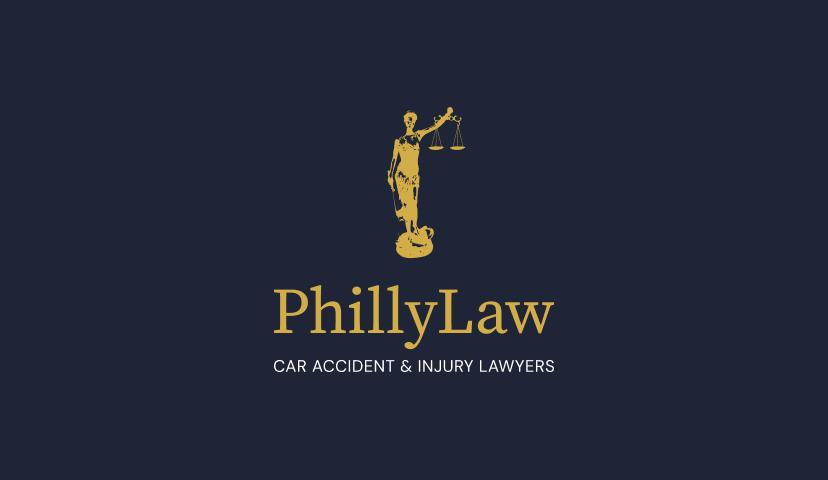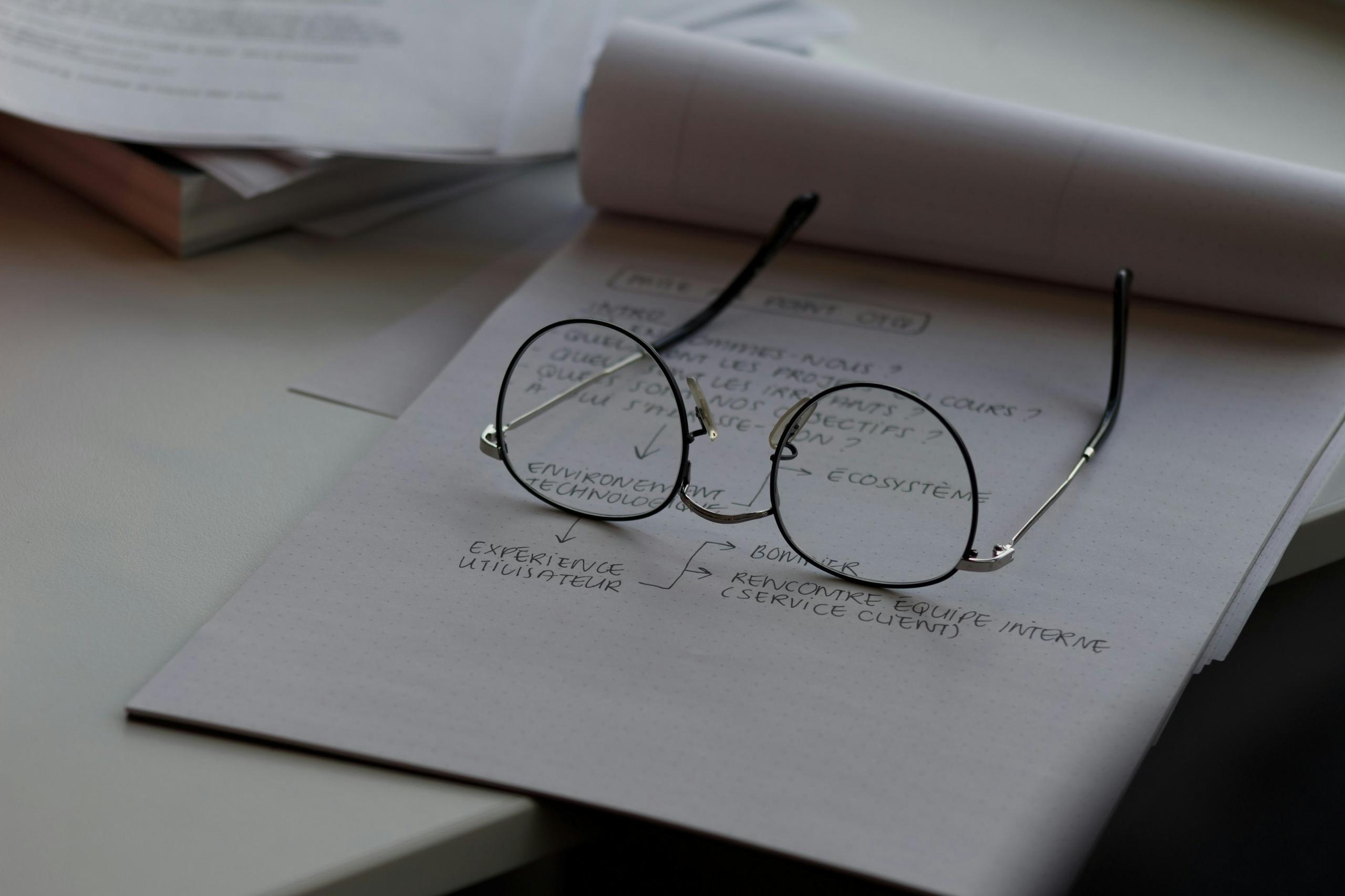Table of Contents
Philadelphia Burn Injury Lawyers
The personal injury lawyers at the PhillyLaw law firm understand that burn injuries can be devastating, both physically and emotionally, often requiring extensive medical treatment and long-term rehabilitation. The impact of a burn injury accident can affect every aspect of a victim’s life, from their ability to work to their overall quality of life. Our experienced attorneys are dedicated to helping burn injury victims navigate the legal process, ensuring they receive the compensation they need and deserve. If you have suffered severe burn injuries, contact PhillyLaw for a free consultation with a Philadelphia burn injury lawyer to understand more about your legal options.

Understanding Burn Injuries
Burn injuries are categorized based on the depth and severity of the damage they cause to the skin and underlying tissues. The primary classifications are:
First-Degree Burn
These superficial burns affect only the skin’s outer layer, known as the epidermis. Symptoms include redness, mild swelling, and pain. First-degree burns usually heal within a few days to a week without scarring.
Second-Degree Burn
Also known as partial-thickness burns, these injuries extend beyond the epidermis into the dermis, the second layer of skin. Blisters, severe pain, and redness characterize them. Healing may take several weeks, and the affected area may scar or change color.
Third-Degree Burn
These full-thickness burns penetrate the entire depth of the skin, destroying both the epidermis and dermis. The burned area may look white, blackened, or charred, and there might be numbness due to nerve damage. Third-degree burns require extensive medical treatment, including skin grafts, and can result in significant scarring and loss of function.
Fourth-Degree Burn
Fourth-degree burns are the most serious burn injuries, and they extend beyond the skin into underlying tissues such as muscles, ligaments, tendons, and even bones. These burns are often life-threatening and require immediate, intensive medical intervention. Recovery usually involves multiple surgeries and long-term rehabilitation.
Understanding these classifications helps assess the severity of a burn injury and determine the appropriate legal and medical responses to support recovery and compensation.
Different Types of Burns
Thermal Burns
Thermal burns are the most common type and result from contact with hot objects, such as flames, hot liquids (scalds), steam, or hot surfaces. Depending on the duration and intensity of exposure to the heat source, these burns can range from first-degree to fourth-degree burns.
Chemical Burns
Chemical burns occur when skin or eyes come into contact with corrosive substances, such as acids, bases, solvents, or detergents. The extent of the damage often depends on the chemical’s strength, duration of exposure, and whether it was inhaled, ingested, or came in contact with the skin. Chemical burns can cause deep tissue damage and require specific neutralization procedures followed by medical treatment.
Electrical Burns
Electrical burns are caused by an electric shock passing through the body, causing both external burns and internal injuries. These types of burns can be deceptive because the external injury might appear minor while the internal damage can be significant. Electrical burns can affect internal organs and tissues, resulting in complications such as arrhythmias or cardiac arrest.
Radiation Burns
Radiation burns result from exposure to various forms of radiation. This includes sunburns caused by ultraviolet (UV) radiation from the sun and burns from medical radiation therapies used in treatments such as cancer therapy. Exposure to high doses of radiation, such as from a nuclear accident, can cause severe burns and long-term health complications.
Friction Burns
Friction burns occur when skin rubs against a hard surface, causing abrasion and heat damage. They are often the result of accidents involving fast-moving objects, such as road rash from a motorcycle accident or treadmill injuries. The combination of abrasion and heat can damage multiple layers of skin, sometimes requiring medical treatment to prevent infection and promote healing.
Causes of Burn Injuries and Accidents
Burn injuries can arise from various circumstances, often resulting from negligence or unforeseen incidents. Some of the most common causes include:
- House Fires: Residential fires, often caused by cooking accidents, faulty electrical wiring, or unattended candles, can lead to severe burn injuries. Smoke alarms and fire extinguishers play a crucial role in preventing these incidents.
- Workplace Accidents: Certain industries, such as construction, manufacturing, and food service, pose a higher risk for burn injuries. Workers may be exposed to hot machinery, chemicals, or electrical hazards, necessitating strict safety regulations and protective gear.
- Automobile Accidents: Car crashes can lead to thermal burns from engine fires or chemical burns from battery acid leaks. The force of the collision can also cause friction burns from seatbelts or airbag deployment.
- Scalding Incidents: Hot liquids and steam can cause scald burns, particularly common among children and the elderly. These incidents often occur in bathtubs, kitchens, or industrial settings involving hot liquids.
- Explosions: Industrial explosions, gas leaks, or defective consumer products can cause traumatic burns. Explosive accidents often result in extensive injuries that affect multiple areas of the body.
- Electrocution: Electrical burns may occur in residential and workplace settings due to faulty wiring, malfunctioning appliances, or lack of proper insulation around electrical equipment.
- Chemical Exposure: Accidental spills or improper handling of hazardous substances can lead to chemical burns. These typically occur in laboratories, industrial plants, or when transporting dangerous goods.
- Understanding the myriad causes of burn injuries is vital for developing effective prevention strategies and ensuring that victims receive the necessary legal and medical support.
Liability for Burn Injuries
Determining liability for burn injuries involves identifying the party at fault through direct actions or negligence. Various parties can be held responsible depending on the circumstances of the incident:
- Property Owners: Homeowners or property managers can be held liable if burn injuries occur due to hazards like faulty wiring, lack of smoke detectors, or other unsafe conditions. They have a duty to maintain a safe environment for residents and visitors.
- Employers: Workplaces must adhere to safety regulations designed to prevent burn injuries. Employers can be liable if they fail to provide adequate training, safety equipment, or fail to maintain machinery properly. Workers’ compensation may cover some damages, but additional claims may arise if negligence is proven.
- Manufacturers: Companies that produce defective products, such as faulty electrical appliances or flammable materials, can be held responsible for burn injuries resulting from product malfunction. Product liability laws protect consumers from unsafe products, allowing them to seek compensation for injuries.
- Medical Professionals: In some cases, burn injuries may worsen due to medical malpractice, such as incorrect treatment or delayed diagnosis. Healthcare providers can be liable if their negligence exacerbates a patient’s condition.
- Drivers: In automobile accidents that result in burns, drivers found at fault for the collision may be liable for the resulting injuries. This includes burns from engine fires, chemical spills, or friction burns from the crash impact.
Establishing liability often requires thorough investigation and evidence gathering, including eyewitness testimonies, expert opinions, and detailed documentation of the incident. Understanding who is responsible ensures victims can seek appropriate compensation for their medical bills, rehabilitation, lost wages, and pain and suffering.
Compensation for Your Burn Injury
You may be entitled to compensation if you have sustained a burn injury due to someone else’s negligence or a defective product. The types of compensation you can seek typically fall into several categories:
- Medical Expenses: This includes the cost of emergency care, hospital stays, surgeries, medications, rehabilitation, and any ongoing medical treatments required due to the burn injury. It is crucial to keep detailed records of all medical treatments and associated costs.
- Lost Wages: If your injury has resulted in missed work, you can claim compensation for lost wages. This includes the income lost during the recovery period and potential future earnings if the injury has a long-term impact on your ability to work.
- Pain and Suffering: Burn injuries are often excruciating and can lead to lasting physical pain and emotional distress. Compensation for pain and suffering accounts for the non-economic damages associated with the injury, like chronic pain, scarring, and psychological trauma.
- Loss of Consortium: In some cases, spouses of burn victims may be entitled to compensation for loss of consortium, which refers to the loss of companionship, affection, and support due to the injury.
- Punitive Damages: In cases of extreme negligence or intentional harm, punitive damages may be awarded. These are designed to punish the at-fault party and deter similar conduct in the future.
Securing compensation for a burn injury often involves legal proceedings and requires meticulous documentation and evidence to build a strong case. Consulting with a Philadelphia burn injury lawyer specializing in burn injuries can provide valuable guidance and ensure your rights are protected throughout the process. With the right legal support, you can take steps towards recovering the compensation you deserve to rebuild your life after a burn injury.
How a Philadelphia Burn Injury Attorney Can Help
If you have suffered a serious burn injury, seeking the assistance of an experienced Philadelphia burn injury attorney at PhillyLaw can be crucial in navigating the complexities of your burn injury case. An attorney with expertise in burn injury cases can provide comprehensive support in several key areas:
- Legal Guidance: Understanding the legal landscape surrounding burn injury claims can be overwhelming. An attorney can offer clear advice on your rights and the legal options available, ensuring you make informed decisions throughout the process.
- Evidence Collection: Establishing liability and proving negligence requires robust evidence. An attorney can assist in gathering critical documentation, such as medical records, accident reports, and witness statements, to build a strong burn injury claim.
- Negotiation with Insurance Companies: Insurance companies often aim to minimize payouts. A skilled attorney can negotiate to ensure you receive fair compensation for your medical expenses, lost wages, and other damages.
- Securing Medical and Financial Resources: Burn injuries often require extensive medical treatment and rehabilitation. An attorney can help you access the necessary financial resources to cover these costs and ensure you receive the best possible care.
- Representing You in Court: If a fair settlement cannot be reached, your attorney will be prepared to take your case to court. They will advocate for your rights and work diligently to achieve a favorable outcome.
- Emotional Support and Guidance: Dealing with the aftermath of a burn injury can be emotionally taxing. An empathetic attorney can provide legal support and the compassion and understanding you need during such a difficult time.
By leveraging their expertise and resources, a Philadelphia burn injury attorney can significantly enhance your chances of securing the compensation and justice you deserve. This allows you to focus on your recovery and rebuilding your life.
Understanding How to Pay for Your Personal Injury Attorneys
One of the main concerns for burn injury victims seeking legal assistance is the cost of hiring an attorney. Fortunately, the Philadelphia burn injury lawyers at PhillyLaw operate on a contingency fee basis. A contingency fee arrangement means you do not have to pay any upfront fees for legal representation. Instead, your attorney will receive a percentage of the settlement or court award only if you win your case. By opting for a contingency fee arrangement, burn injury victims can focus on their recovery without the added burden of legal costs, knowing they have dedicated legal professionals advocating for their rights.
PhillyLaw is Committed to Burn Victims
At PhillyLaw, we understand the profound impact that burn injuries can have on victims and their families. Our commitment to assisting burn victims goes beyond providing legal representation; we are dedicated to supporting you through every stage of your recovery journey. Our team is passionate about fighting for the rights of burn injury survivors and ensuring that you receive not only the compensation you deserve but also the resources and care necessary for healing.
We work tirelessly to hold those responsible accountable, whether it’s a negligent party or a defective product manufacturer. Our approach is comprehensive, focusing on detailed case preparation, strategic negotiations, and if needed, tenacious advocacy in court to secure justice for our clients. PhillyLaw’s experienced burn injury attorneys are here to offer the expertise, compassion, and support you need to navigate this challenging time and rebuild your life. Contact us today for a free consultation.






